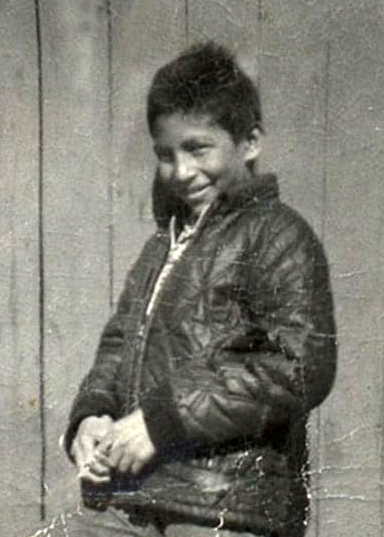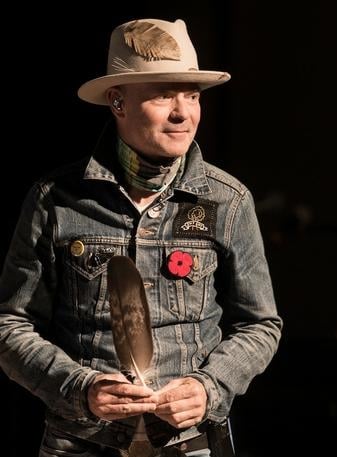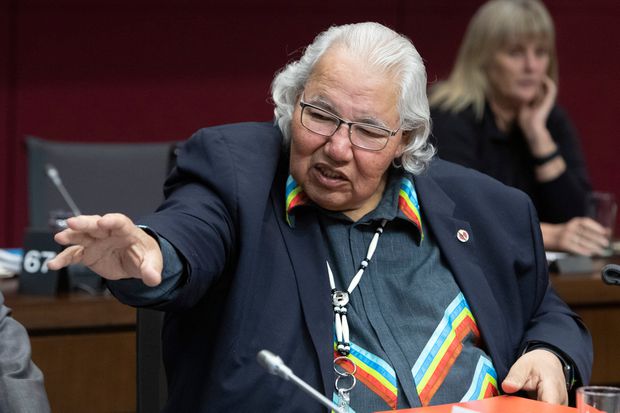
My first day at a new school nearly scared me to death. In September of 1956, my family and I had moved from a suburb in the east end of Toronto to a village outside the city. So, I had to go to a school I didn’t know, meet a teacher I’d never seen before, try to make friends among strangers, and then, try to blend into the classroom. The fact that I wore glasses, the only one in the class, proved equally terrifying, particularly when my new teacher fussed over me.
“Why don’t you sit at the front desk,” Miss Anderson told me.
I wanted to disappear. I thought everybody would pick on me for having to wear glasses. But the worst fear I faced was that I’d get lost walking home from school.
It turns out the worst that happened during my first days at Agincourt Public School, on Midland Avenue, was that some of the older kids called me “four eyes” for a few days until my teacher put an end to it. And despite my fright, I always made it home.

Recently, I went back to Secret Path, the story of Chanie Wenjack, presented in an album by the late Gord Downie of the Tragically Hip, and a graphic novel by Jeff Lemire. For those not familiar, Chanie was born at Ogoki Post (between Thunder Bay and James Bay in northern Ontario) in 1954. He would have been a contemporary of mine – in Grade 1 when I was in Grade 5.
But I was born in Toronto the son of Greek-American immigrants (but ostensibly white) into middle-class privilege in Ontario. Chanie was born Anishinaabe on the Marten Falls Reserve, and never knew equality, let alone privilege.
When he was nine years old, the federal government and Presbyterian Church took Chanie from his family, transported him hundreds of kilometres away to Kenora, Ont., to the Cecilia Jeffrey Indian Residential School. No longer allowed to speak his mother tongue, nor to see his parents, nor to share their Anishinaabe culture, he was basically imprisoned, beaten, deprived and brainwashed by the Indian Residential School system.
Thin from insufficient nutritious food, scarred no doubt from mistreatment, and sickly because his lungs were infected (likely from tuberculosis), Chanie ran away from the school to go home, not knowing it was 600 kilometres away. A day and a half later, his body was found along railway tracks. He’d died of starvation and exposure.
At my school, about the same time Chanie was being imprisoned at his, all I had to worry about were taunts of “four eyes” and whether I’d get lost walking home. At least the system saw to it that I could see the blackboard and when I left school that I’d likely find my way home.
For the past 18 months, the Ontario education system has faced the upheaval of the COVID-19 pandemic – whether students could be socially distanced in classrooms, whether there was sufficient testing and tracing available if they contracted the virus, and whether they’d be safer or their education better served by learning online.
But unlike at least 150,000 Indigenous children abused and subjugated over the life of residential schooling in Canada, most non-Indigenous children and their families have enjoyed the freedom to choose, to study in a multitude of languages and cultures, plus the protection of all those rights under the Canadian Charter. Not so for First Nations youth.
Here are the facts: Residential schools were government-sponsored schools run by churches. Their purpose was to convert Indigenous youth and to assimilate them into Canadian society. More than 130 residential schools operated between 1831 and 1996. At latest count, as many as 6,000 children died within their walls, many buried in unmarked graves. And those deaths represent the data governments and churches have thus far not fully released.

Murray Sinclair, former senator and chair of the Truth and Reconciliation Commission from 2009 to 2015, summed up the truth dilemma.
“This is not an aboriginal problem. This is a Canadian problem,” he said, “because at the same time that aboriginal people were being demeaned as inferior, pagans, heathens and savages … the very same message was being given to the non-aboriginal children in the public-school system. They need to know that history includes them.”
Today (Sept. 30) is the first ever National Day for Truth and Reconciliation. It’s not a holiday. We, who only endured minor taunts in the schoolyard or a worry of getting lost on the way home, must recognize that at the end of the day, literally, we had that privilege. Generations of Indigenous students never had the right to go home from school.
It’s a reckoning that citizens of Canada must face and own.